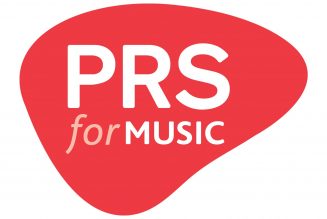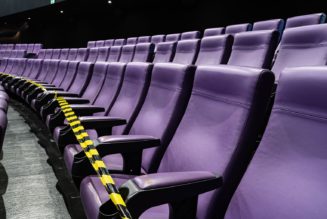Columnists
How critical technology minerals are fuelling conflict in DR Congo
Friday April 07 2023
War-displaced people flee towards the city of Goma, eastern Republic of Congo, on November 15, 2022. FILE PHOTO | AFP
The Democratic Republic of Congo (DRC) is a leading global source of critical “technology” minerals. Cobalt is a key component in rechargeable batteries used in electric vehicles which are critical for an energy transition from fossil fuels.
About 80 percent of global cobalt reserves are found in DRC. Coltan is a key input for the manufacture of electronics (phones, solar panels, computers, etc.) and about 50 percent of global coltan reserves are domiciled in the DRC. The two minerals are mainly in the perpetually troubled eastern DRC.
In recent months global technology mineral supply chains have been disrupted, slowing down the pace of electric vehicle and electronics sectors, with a number of manufacturing countries imposing trade restrictions on components.
This explains why competition for the DRC’s cobalt and coltan supply chains is a frantic and tricky affair. Western countries, China, and regional neighbours all have an interest in the exploitation of the DRC’s technology minerals.
The DRC has become a global case study of how the absence of responsible mining governance can lead to local conflicts, proxy wars, and human rights abuses — unfortunate happenings which have characterised the country ever since it gained independence from Belgium in 1960.
The country, and more so eastern DRC, has never enjoyed continuous peace, stability or genuine economic development.
I believe what ails the DRC, in general, is the absence of socio-political homogeneity coupled with exploitative outside interests intent on benefiting from the country’s resources, including timber and energy.
The DRC is a vast country with inadequate infrastructure connectivity, making centralised control and governance difficult to achieve.
The country comprises three distinct socio-economic zones. The eastern DRC is part of the East African trade corridors, the southern parts of Katanga belong to the SADC trade corridors through ports of Beira, Durban, and Lobito in Angola, while the western zone trades via Atlantic ports.
Joining the East African Community (EAC) recently may, by association, contribute to improving DRC governance systems.
However, this may be wishful thinking considering that a number of EAC members have vested interests in the ongoing mineral chaos in eastern DRC.
Foreign armies currently in eastern DRC are unlikely to make much difference to the ongoing chaos, for indeed only the DRC can decide to craft a home-grown political solution.
In the meantime, countries and companies with interests in the DRC have a moral duty to foster above-board mining governance standards while ensuring that sustainable socio-economic development among the local populations is achieved.









